|
|
|
AFFILIATE DISCLOSURE: This post contains affiliate links. This just means that there are product suggestions included within the text. Should you click on one of the links and decide to make a purchase, I will receive a small commission. I only suggest products I love and have experience with that are directly related to the content in this post. You can view my Disclosure Statement for more information. Thank you for your support! When you hear the word clutter, what comes to mind? If you're like most people, physical clutter is the thing you think of first. It may even be the only thing. In truth, though, clutter can take many forms. Kerri L. Richardson, professional organizer and author of the book What Your Clutter Is Trying To Tell You, defines clutter as follows: When thought of in this way, many other types of clutter become evident. The first step to decluttering is to uncover your clutter. In other words, to truly conquer your clutter, you have to identify it in all its forms in order to root it out and remove it from your life.
Not all clutter is visible. While visible clutter (which I will refer to as physical clutter) is the most obvious, it may not be the most limiting or the most impactful form of clutter in a person's life. Clutter can be mental, emotional, or spiritual as well. While generally unseen, these types of clutter (sometimes referred to as "baggage") can have a radical impact on quality of life and overall well-being.
The clutter that is conscious is the clutter that you recognize and acknowledge. When you encounter conscious clutter, it elicits a reaction. The reaction can be both intellectual and physical in nature. For example, seeing a cluttered countertop might cause your muscles to tense or your heartrate to increase. It might also conjur negative thoughts and emotions. While most conscious clutter is physical, not all physical clutter is conscious. It's possible for a person to become so used to physical clutter that he or she develops a sort of clutter blindness. Unconcious clutter can also evoke physical and emotional signs of stress. The difference lies in the fact that unconcious clutter is not recognized as clutter. It can be anything in your life that is getting in your way, preventing your progress, or impacting your peace and happiness. This description of clutter by inspirational writer Eleanor Brownn perfectly describes what I am referring to as unconscious clutter.
Now that we have expanded our understanding of clutter, let's take a closer look at the different kinds of clutter.
Physical clutter is stuff. It takes up space in the physical world. When searching for a definition of clutter, you will find that it is often associated with disorder, confusion, and excess. Physical clutter refers to those items that are unused, unneeded, and/or unwanted but held onto for one reason or another. It can also refer to items that are out of place or have no permanent home. It's interesting to note that the reasons behind the accumulation and retention of physical clutter could be considered a form of clutter in and of themselves. I'm thinking here of the guilt or fear that often cause us to hold onto things that really don't have a place in our lives. Clearing Away Physical Clutter: This website is dedicated largely to the concept of dealing with physical clutter, so I won't go into tremendous depth here. Instead, I will just offer a few simple suggestions for getting started.
Mental clutter accumulates when we have too much to do or to think about. As a result, our brains become overloaded making it difficult to focus, problem solve, and be productive. This leads to stress, anxiety, and frustration. If you are like me, you probably find yourself thinking most clearly during down times such as while driving, taking a shower, exercising, or laying in bed first thing in the morning. This is because these simple, semi-automatic activities require very little 'brain power', thus allowing our minds to focus in on a particular problem that's been troubling us or to suddenly wow us with a flash of brilliance or creative genius. The problem is, capturing these light bulb moments can be tricky when one is in the middle of traffic or dripping wet. The good news is, there are things we can do to recreate the circumstances that foster mental clarity. Clearing Away Mental Clutter:
Emotional clutter comes as a result of negative thoughts and feelings that weigh us down and limit our progress. Guilt, fear, anger, resentment, self-doubt, jealousy, anxiety, and grief are some of the biggest culprits. Despite their damning effect on us (or perhaps because of it), we often cling to these emotions, and the sources from which they spring, with self-destructive determination. What are the sources of emotional clutter? Some examples include:
The key to overcoming emotional clutter is to develop emotional resilience, or the ability to adjust or recover when faced with change, setbacks, disappointments, and other challenges that life presents. Clearing Away Emotional Clutter:
Integrity is often associated with honesty. That is certainly an important aspect of integrity, but there is more to this concept than mere veracity. Integrity also means whole, sound, undiminished, unimpaired. When applied to one's character, I think a good way to define integrity is living in such a way that your actions are consistent with your beliefs. In other words, integrity is being true to yourself. When we make choices that we know are not an accurate reflection of how we believe we should live our lives, our integrity is weakened. Much like a building that is structurally unsound, poor choices can leave us feeling unbalanced, out of alignment, and just off. It could be as serious as committing a crime or breaking a vow or as simple as being unkind or eating something that's bad for you. It all depends on what matters to you and the person you want to be. Whatever the case, the more we live out of sync with the things we believe to be right, the more spiritual clutter amasses in our lives. Clearing Away Spiritual Clutter:
Clutter can be overwhelming. When it comes to physical clutter, clients often tell me, "I don't know where to start." The same can be true for all forms of clutter, be it mental, emotional, or spiritual. My response to this statement is always the same, and it holds true no matter what type of clutter you are dealing with. It doesn't matter where you start. Just start, and in doing so, you will build confidence and momentum that will carry you through to the end. I wish you every success in uncovering and conquering your clutter. It is worth the effort. You can do it. I believe in you. If you're feeling nervous about uncovering your clutter, contact me. The process is always easier when you have support.
10 Comments
Recently, as I have begun to work virtually with clients, I have encouraged them to keep a downsizing journal.
A downsizing journal is exactly what it sounds like: a journal dedicated to the process of downsizing. Downsizing is a major undertaking that involves a great deal of physical, mental, and emotional effort. At times, it can be overwhelming, frustrating, and/or exhausting. Staying on track and maintaining your motivation for such an undertaking can be challenging. Writing about the experience can help you appreciate your purpose, examine your feelings, vent your frustrations, and record your progress.
You can obviously include anything you like in your downsizing journal. That's the beauty of journals; they're personal. That said, I do have a few recommendations for how to utilize a downsizing journal effectively. Consider including the following: Define Your "Why" Your "why" is your purpose for downsizing. I enthusiastically encourage you to start your journal off by creating your persoanl list of reasons for embarking on the downsizing journey. Take your time producing this list. Ponder. Ask yourself questions such as:
Record your answers. You can create a simple bullet list or write detailed paragraphs explaining each of your reasons. However you choose to record the information, it's important that you look at it frequently throughout the process. Use it as a reminder of why you started the downsizing process and a source of motivation to keep you focused and moving forward. Describe Your End State Your end state is closely related to your "why" but different enough to merit a page or two of its own. Your end state is what allows you both to visualize and to recognize success. How will you know when you have successfully downsized if you don't have a picture in your mind of what that will look like? Again, it's helpful to ask yourself a few questions and record your answers. Some questions to ponder include:
Again, it's important to revisit your answers periodically in order to evaluate your progress and be reminded of what you are working toward. Outline an Action Plan If you are working with a professional organizer, he/she can assist you in creating an overarching plan for achieving your downsizing goals. Downsizing is a comprehensive process that typically involves editing all of your possessions, at least to a certain degree. As such, it is best to break it down. I recommend taking one of the following approaches:
Creating a detailed plan for downsizing will take some time and thought, but it will make the actual process much simpler because you will know when you have met your goal. Decision making will be less stressful if you have a clear set of guidelines in place to help you determine what you want/need to keep. Record Your Progress A journal is a great place to insert before and after photographs to document your progress. You might also use your journal to make to do lists. Personally I find crossing items off a list extremely satisfying. You can also just write about your progress in typical journal format by describing what you accomplish each day or week. Vent Your Frustrations As with any major undertaking you will encounter challenges throughout the downsizing process. Things will not always go according to plan. Venting your frustrations on paper can be wonderfully theraputic. It's a way of purging your soul while purging your belongings! Work Through the Decision Making Process If you're having trouble determining what to part with or struggling to let go of things, write about it. Make a list of pros and cons for keeping or getting rid of a particular item that's causing your stress. Seeing it all laid out in black and white often yields an obvious solution. Record Your Feelings When you're feeling overwhelmed by the sheer scope and scale of the process, write it out. When you're feeling proud of what you've accomplished, record those emotions. Writing down your feelings can be an effective way of processing them. The simple act of writing it down can help you to make sense of what you're feeling and deal productively with those emotions. Write About Your Stuff Do you have fond memories of a particular item? Whether or not you are keeping the item in question, I recommend writing about it. Describe the circumstances that led you to acquire the item, who gave it to you, what you love about it, why it has value to you, and where it came from. You might even experiment with writing to the item itself. Pretend you are transcribing a letter to the beloved item. Reminisce about how you "met", who "introduced you", what kinds of experiences you enjoyed together, and so forth. Be sure to include a photograph of the item as well. Keep Track of Things We downsized as part of a recent move. For us the process involved giving away many items to friends and family, donating items to charity, and selling some items. Because I was giving away a lot of things to a lot of different people, I kept an ever-evolving list of the items I had offered up, who had claimed them, and when/where the items would be handed off to their new owners. A downsizing journal is the perfect place to keep track of such information. If you're selling a lot of things, you can also use your journal to list each item, your asking price, your rock-bottom price, and other pertinent information.
If you are embarking on the downsizing journey, I hope you will consider keeping a downsizing journal. Doing so can help you manage, process, record, and preserve the process. Your downsizing journal can be private, or you can share it with a family member or trusted friend. If you are working with an organizer, I recommend you share portions of your journal with him/her as you deem appropriate.
Lessons in Setting and Successfully Achieving GoalsGoogle defines the word resolution as follows: “a firm decision to do or not to do something”. Every January millions of people around the world make resolutions in a well-intentioned attempt to recommit themselves to achieving their goals. At first glance, the new year seems like an opportune time to reinvent oneself, yet so many of us struggle to see the process through to a successful conclusion. I confess, I am among those who routinely make well-intentioned commitments to improve myself each year. Unfortunately, I am also among the millions whose enthusiasm for change quickly wanes with the passing days and weeks. This year, instead of starting strong and petering out, I have struggled even to get moving in the right direction. Already February is nearly behind us and I am really only beginning to make progress on my resolutions. As I have pondered the reasons for my sluggish attempts at personal betterment, I have discovered a few truths (and created some resources) that I have found useful in motivating and inspiring me to stick with it. I hope they will motivate and inspire you as well.
We often get this backwards. We assume that we must motivate ourselves to take action. In reality, motivation is a byproduct of success. As we experience success, we feel motivated to continue. The real key to success is action. We just have to do it, whatever it is. Taking action will yield results. Those results will make us feel good. The more results we achieve, the more motivated we become to continue our efforts.
My husband is in great shape. He has been our entire marriage. He works hard to stay that way. Despite all his experience and accomplishments, I have had little success trying to implement his ideas of a good workout regimen for me. This is because no one, no matter how well-intentioned, can determine your goals for you. Others can give advice and offer support, but to have any hope of succeeding, goals have to come from within. They must reflect your most sincere desires for yourself.
Most of us are intimately familiar with that little voice inside our heads that regularly reminds us of the myriad ways in which we fall short of our own expectations and potential. It’s our inner critic, and its main purpose is to keep us safely and securely within our comfort zone. Kerri L. Richardson explains it this way in her book What Your Clutter is Trying to Tell You (affiliate link):
Overcoming the negative influence of the inner critic is a two-step process. First you have to determine what it is about your goal that intimidates you. What are you afraid of? Next, you have to convince the inner critic that the benefits outweigh the risks. One way to achieve this is by breaking your goal down into manageable parts that you can easily wrap your head around.
As humans we value immediate rewards. The problem is, most goals require long term effort in order to experience the full payoff. To stay motivated until the goal is achieved, it’s helpful to manufacture rewards along the way. This can be done in a number of ways. One method is to establish milestones throughout the process and reward yourself when each milestone is achieved. Another approach is to pair things you enjoy with tasks you dread, like listening to your favorite music, audio book, or podcast while exercising. James Clear, author of Atomic Habits (affiliate link), explains the process of getting your Present Self to do the work your Future Self needs you to do in his article “Procrastination: A Scientific Guide on How to Stop Procrastinating”.
I recently took a business class in which we chose ‘action partners’ and made weekly commitments. An action partner is someone who follows up with you to check on your progress and offers support and encouragement. In this case our action partners were classmates, and we were all working on similar goals. Outside the classroom, the principle can still be applied with friends or family members who may or may not be working on similar goals. I loved having an action partner. It was fun rejoicing together over our accomplishments, and it was nice to know that someone was rooting for my success. Each week as part of the commitment process, we would sign a page in our books on which our commitments were written, and our action partners would sign the page as well. Something about signing my name made the process more meaningful. I felt accountable and invested. I came to realize through this process that there is real power in making and keeping commitments. And the person who most needs your commitment is you. If you're not committed to yourself and your own well-being, you're really no good to anyone else. One of the printables offered below reflects this truth. It's called Commitments to Myself, and it's purpose is to help me (and hopefully you) look at goals in a new way - as a personal commitment to move closer to becoming the best version of myself.
When setting goals, it’s usually pretty easy to determine what it is you want to achieve. Equally important, though, is the why behind your desire to make a change in your life, learn a new skill, or replace a bad habit with a good one. Your "why" is your foundation. It’s the basis for your motivation, and it can fuel your determination to continue when you feel discouraged. Another critical consideration with respect to goal setting is the how – how will you go about achieving your goal? Most goals require multiple steps over a period of time. Determining how you will break them down will help make your goal manageable and allow you to measure your progress over time. A final point worth pondering is how you will respond to discouragement, disappointment, or burnout. I have found it useful to determine in advance a statement of affirmation that I can use to remind myself of my why when my enthusiasm starts to dwindle. There is space allotted on my Goal Setting Worksheet printable (available below) for recording an affirmation statement.
As I mentioned at the beginning of this post, I've developed a few resources to help me create and stick to my goals. Click on the image below to gain access to my free printables library which includes these, as well as many other pages, for download.
If you found this page helpful, please share it on social media. Please leave me a quick comment as well in the section below. I'd love to hear from you!
|
Archives
November 2022
Categories
All
|
Proudly powered by Weebly


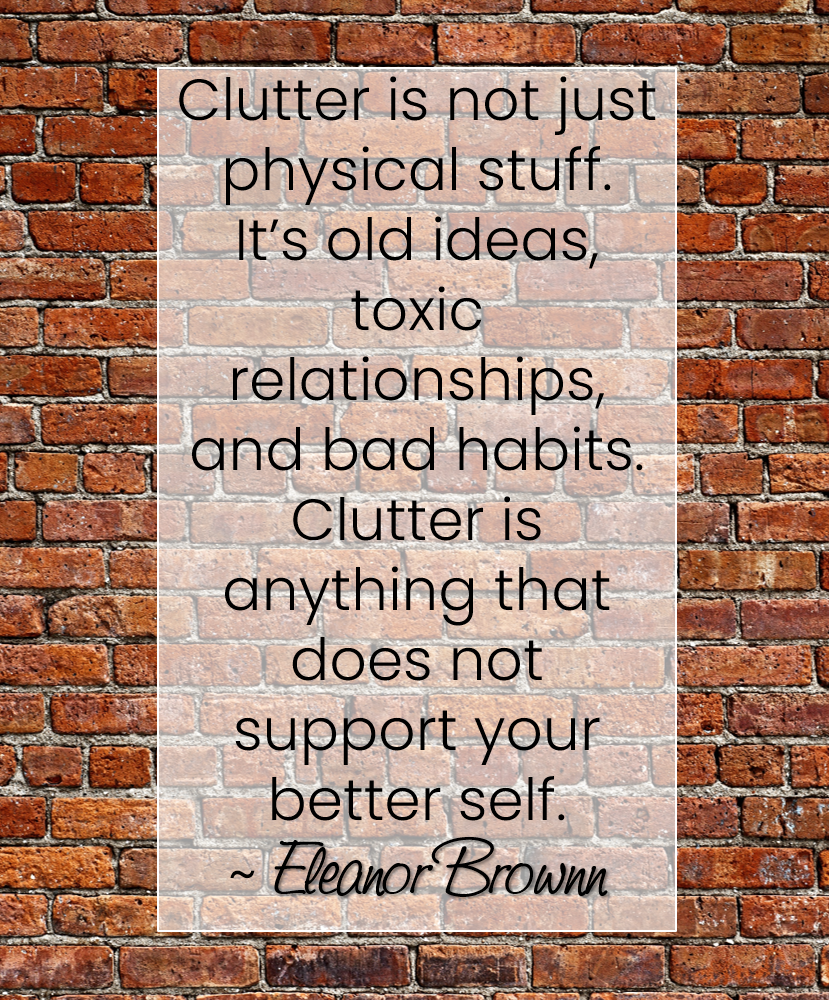





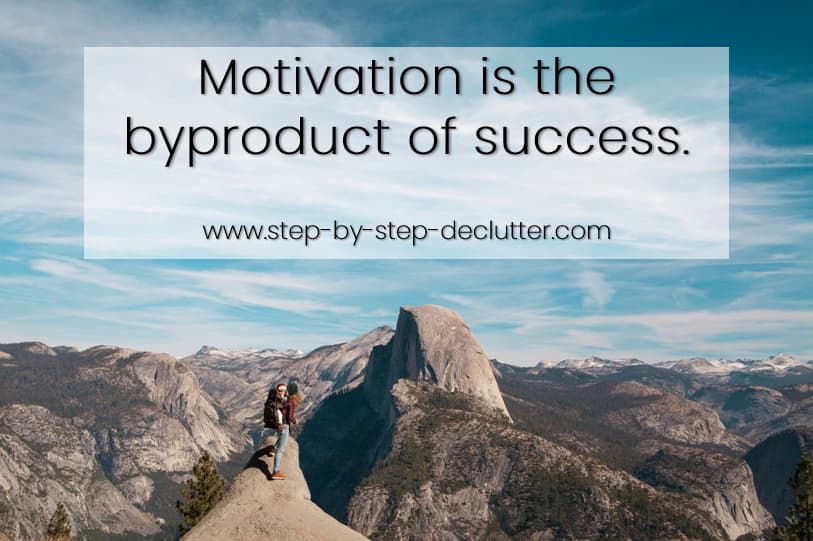
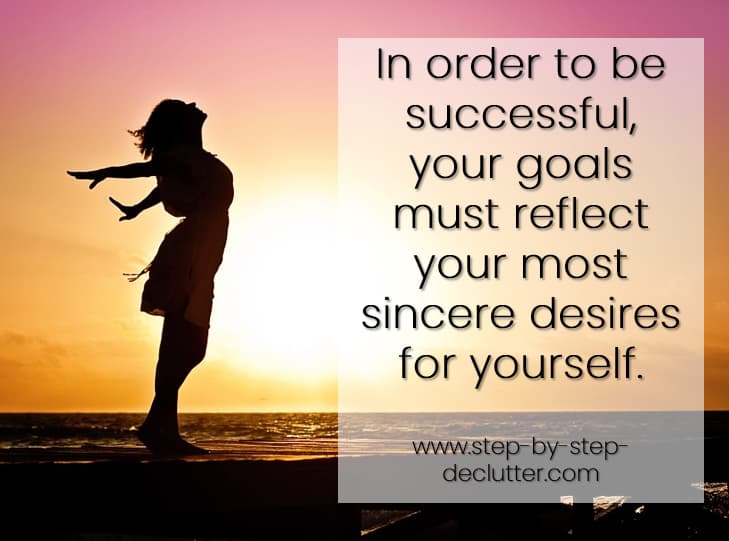
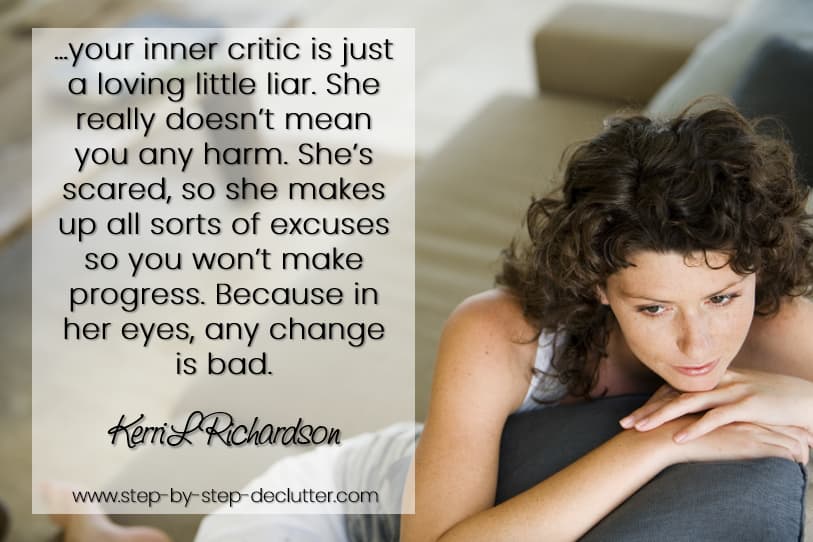


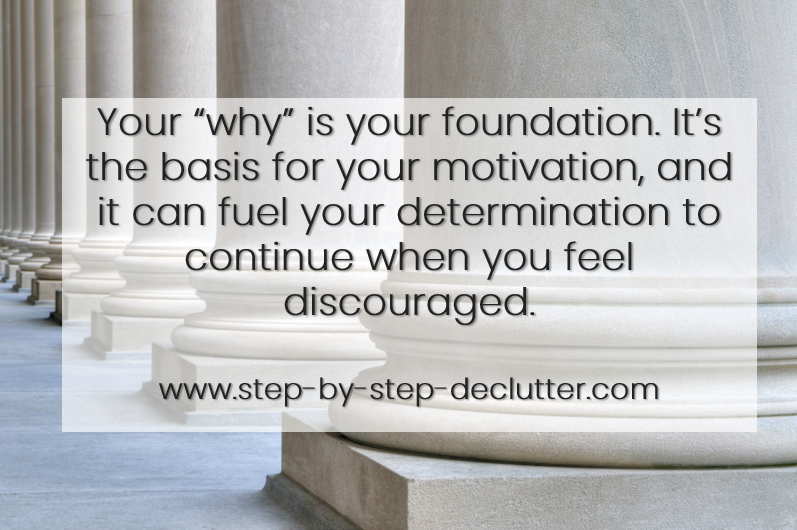
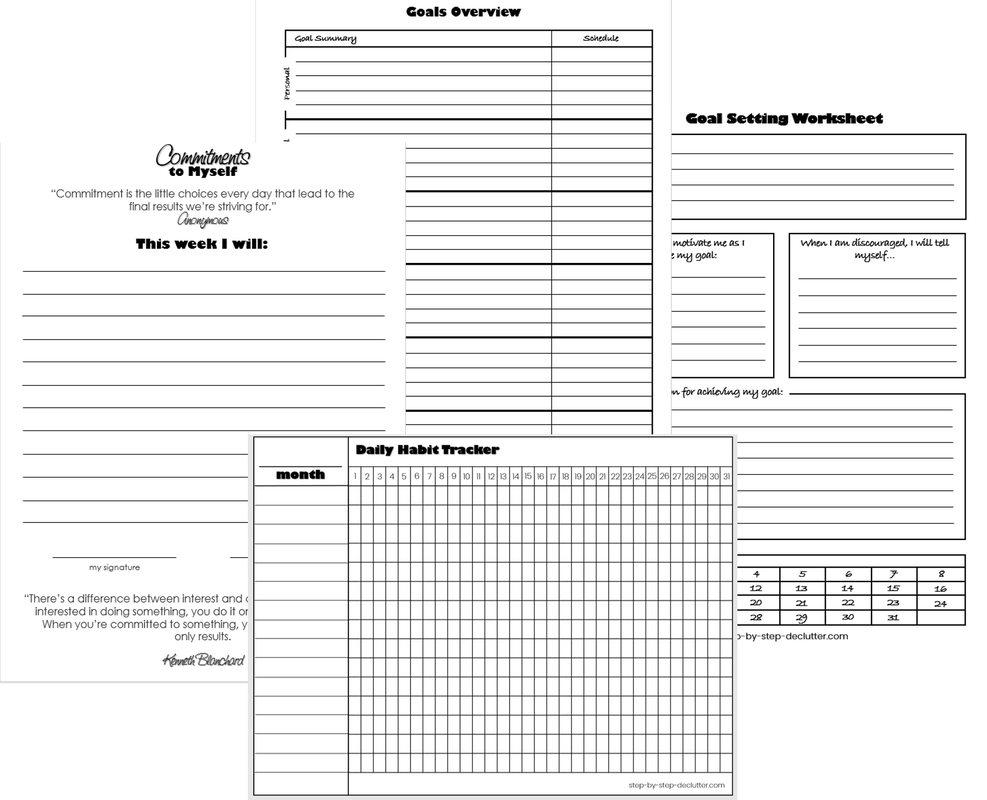


 RSS Feed
RSS Feed